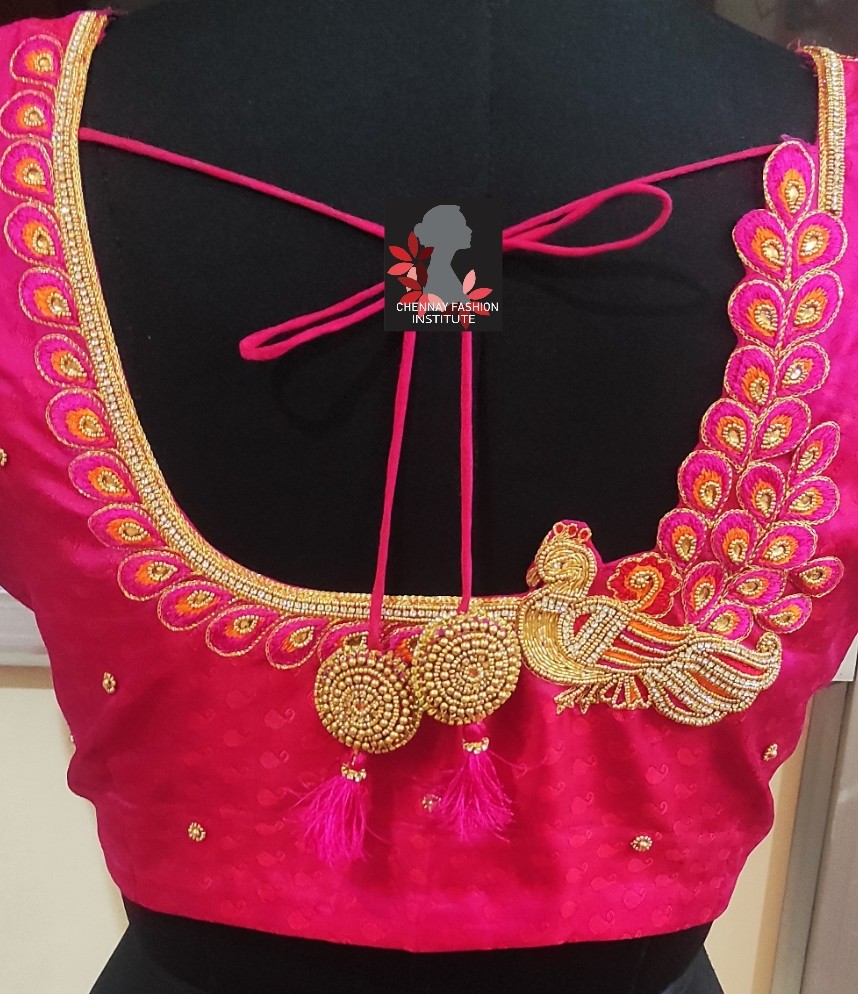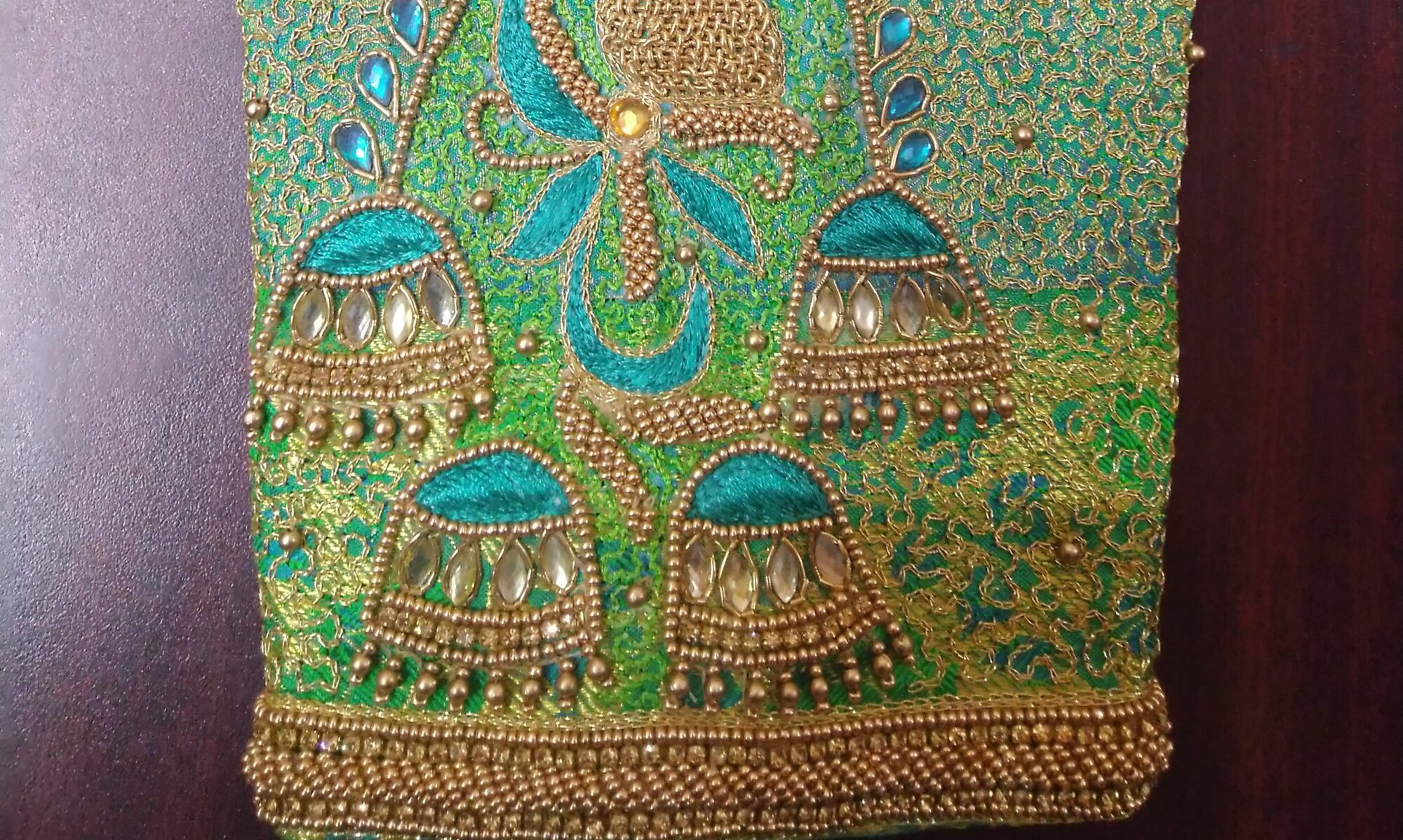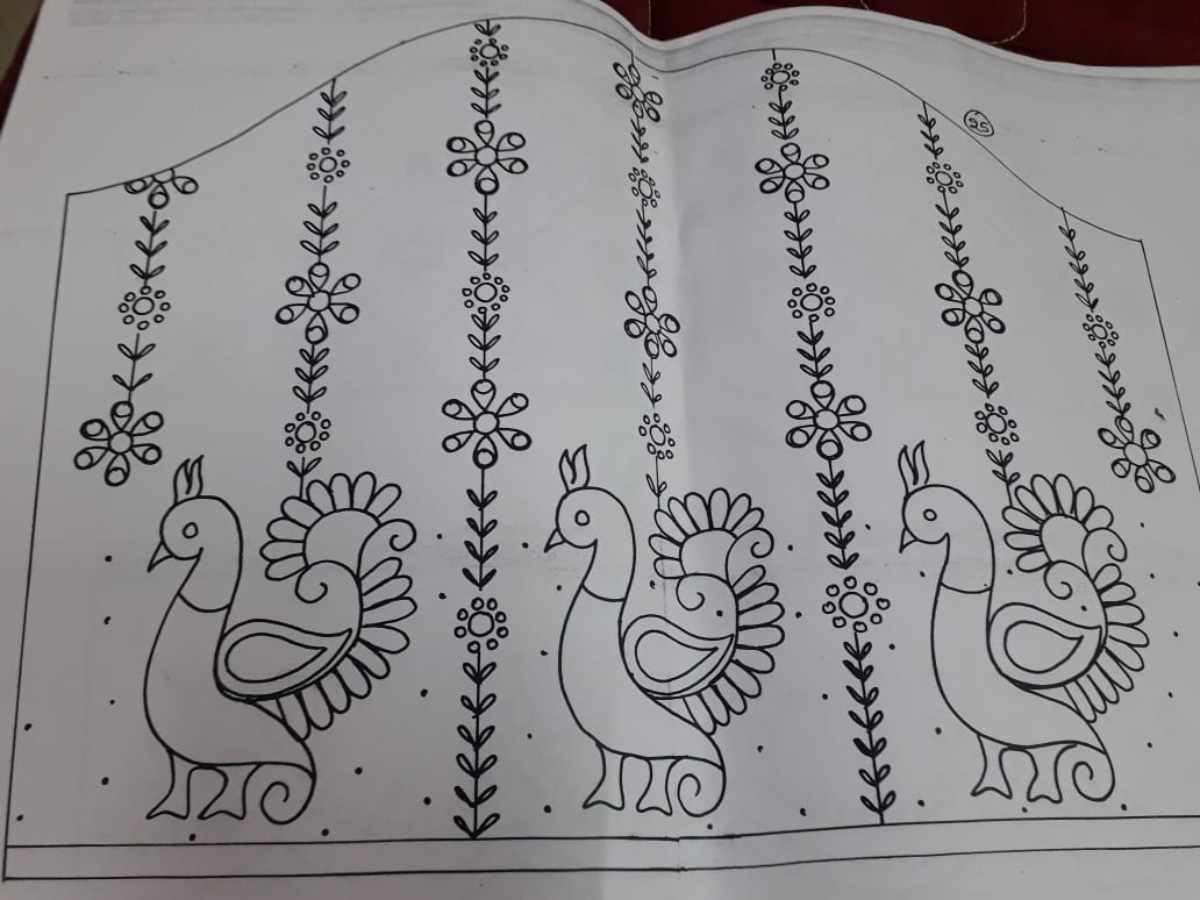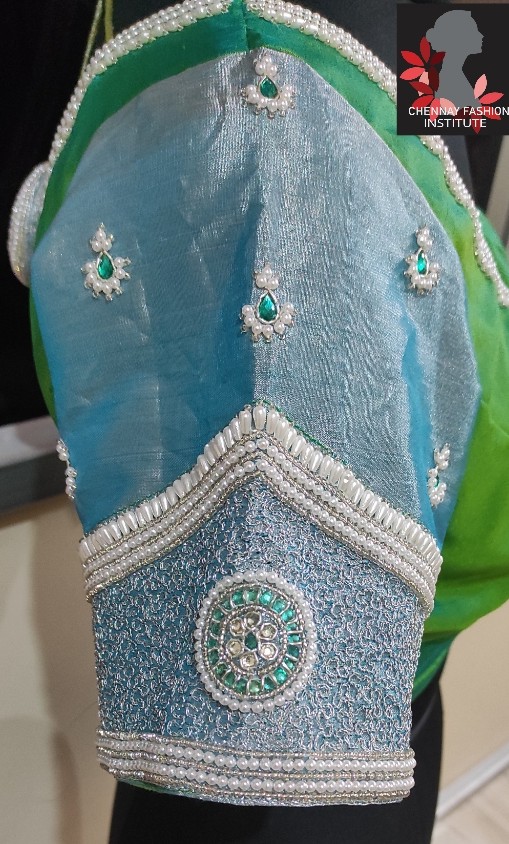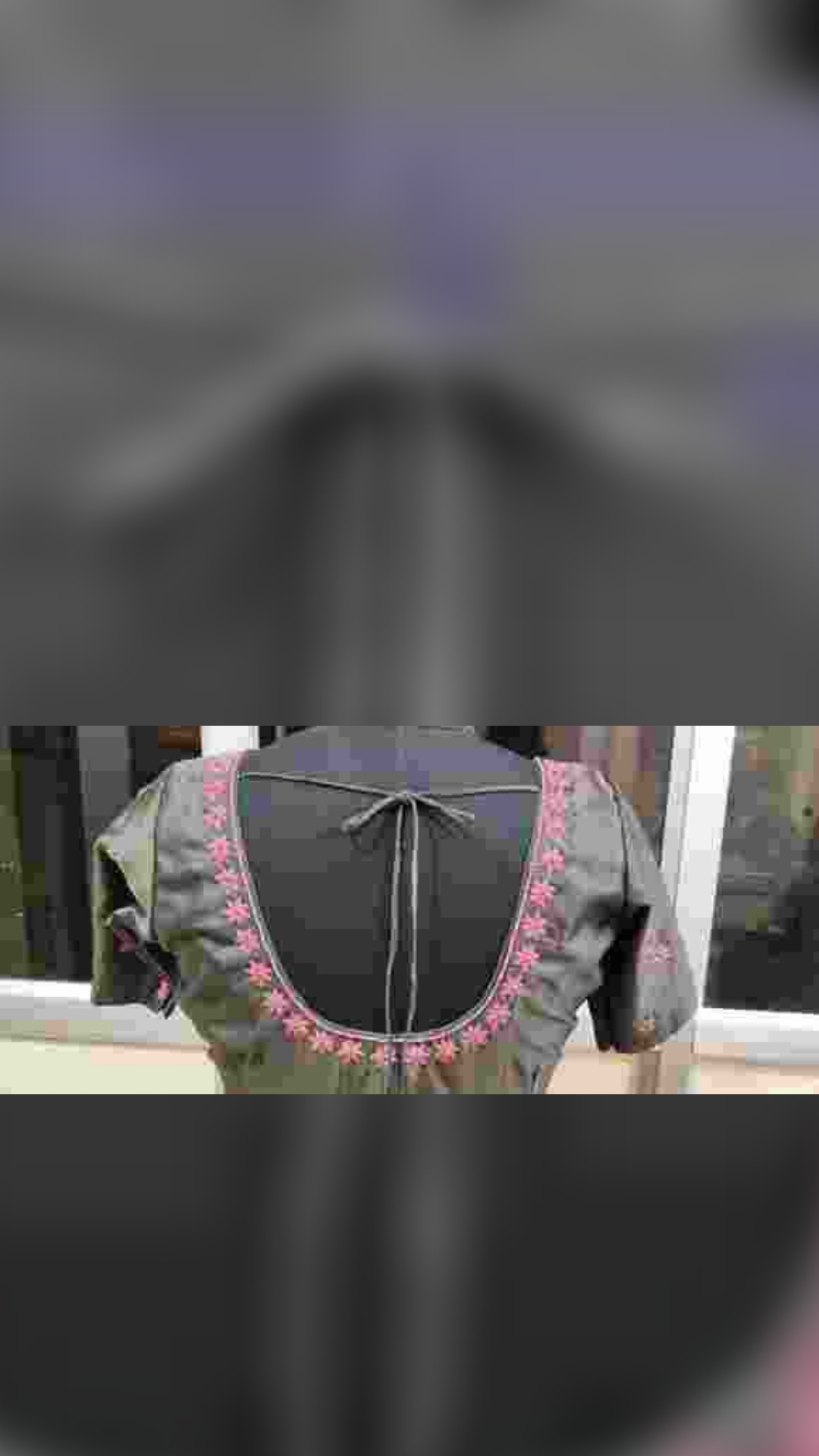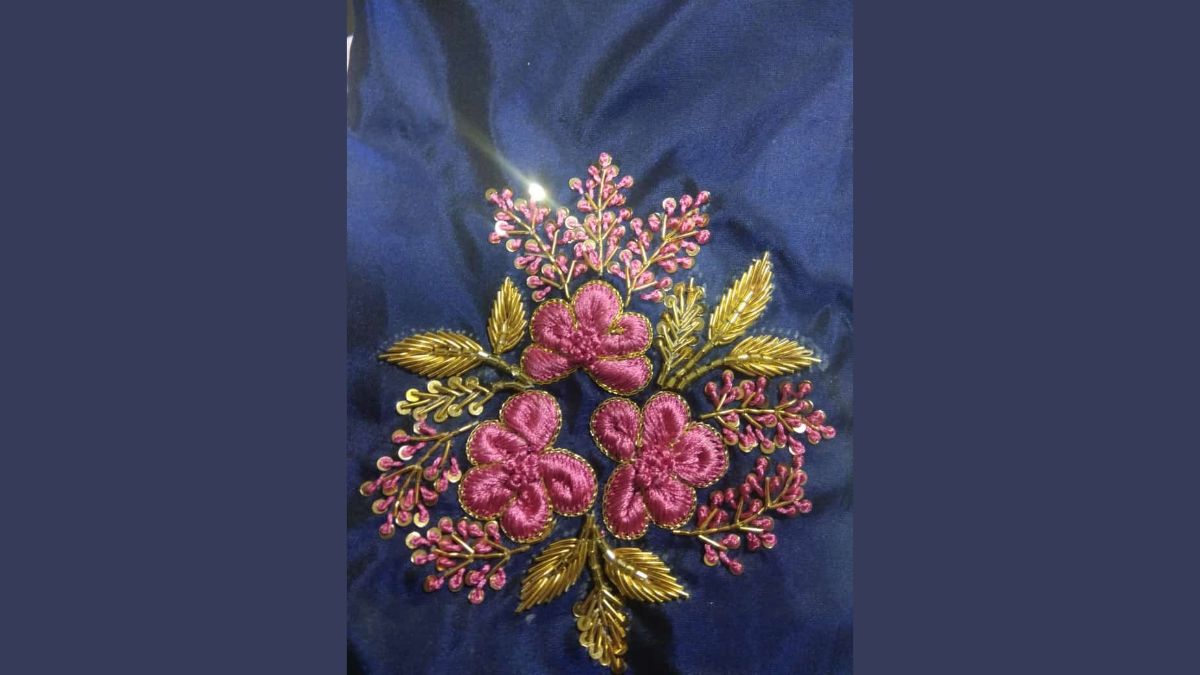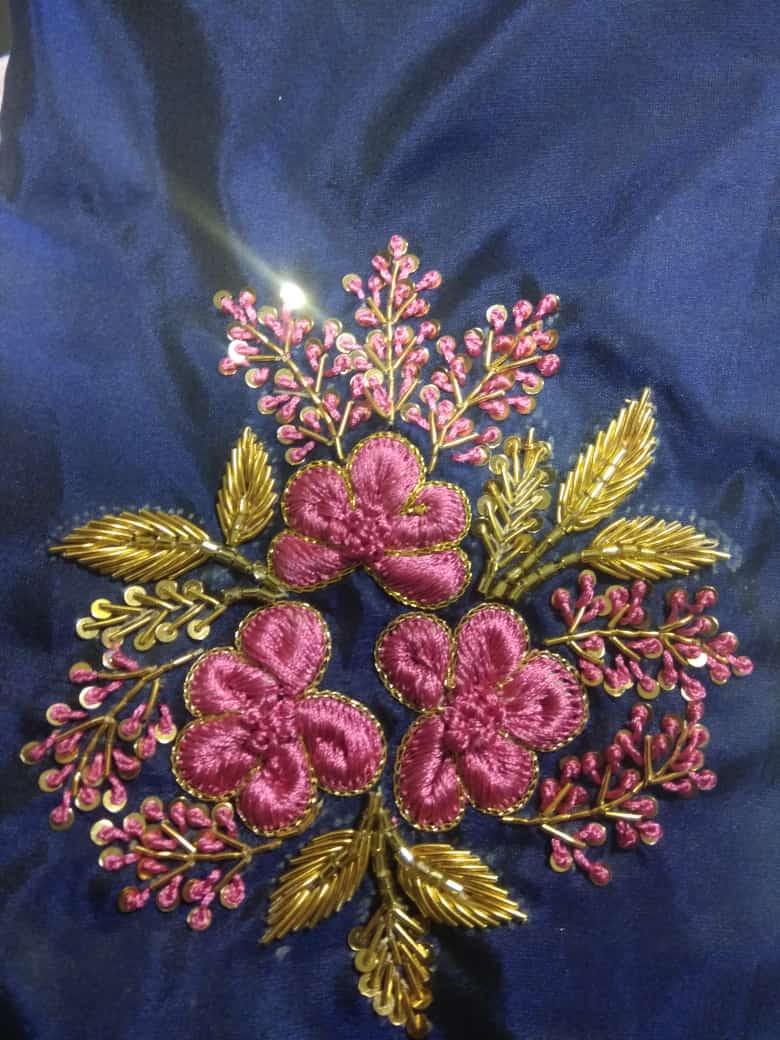Overview of Customized Aari Embroidery Class for Ladies: Aari embroidery, also known as crewelwork, is a traditional embroidery technique originating from Northern India. It involves using a specialized hooked needle called an “Aari” to create intricate designs on fabric.
Importance of Customized Aari Embroidery Classes for Ladies: Customized Aari embroidery classes cater specifically to ladies who want to learn and enhance their skills in this beautiful art form. These classes provide a supportive environment and tailored instruction to help participants
explore their creativity and develop their own unique embroidery style.
Customized Aari Embroidery Class for Ladies: Are you a lady with a passion for art and creativity? Look no further! Join our Customized Aari Embroidery Class for Ladies and immerse yourself in the world of intricate needlework and stunning designs.
The traditional Indian embroidery technique
Aari embroidery, also known as crewelwork, is a traditional Indian embroidery technique that uses a specialized hooked needle called an “Aari” to create exquisite patterns on fabric. Our classes are tailored specifically for ladies who want to learn this captivating art form and unleash their artistic potential.
In our Customized Aari Embroidery Class for Ladies, you will embark on a journey of self-expression, where you can explore various stitches, color combinations, and design elements. Our expert instructors will guide you through the process, teaching you the art of creating beautiful motifs and intricate patterns that reflect your unique style.
What sets our classes apart is the emphasis on customization. We understand that each lady has her own preferences and artistic vision. That’s why our classes allow you to personalize your embroidery projects, incorporating motifs, colors, and embellishments of your choice.
Joining our class is not just about learning embroidery techniques; it’s about being part of a supportive community of like-minded ladies. Collaborate, share ideas, and inspire each other as you create stunning pieces of art together.
Don’t miss this opportunity to join our Customized Aari Embroidery Class for Ladies and unleash your creativity. Enrol today and let the thread of imagination weave wonders under your skilful hands.
History of Aari Embroidery
Origins of Aari Embroidery:
Aari embroidery has a rich history dating back to the Mughal era in India. It was initially practiced by skilled artisans who adorned royal garments with intricate Aari embroidery designs. Over time, the art form spread across different regions of the country, with each area adding its own cultural influences to the craft.
Cultural Significance of Aari Embroidery:
Aari embroidery holds great cultural significance as it reflects the heritage and traditions of the regions where it originated. The motifs and patterns used in Aari embroidery often symbolize various aspects of Indian culture and mythology, making it an integral part of the country’s artistic heritage.
Evolution of Aari Embroidery Techniques:
Over the centuries, Aari embroidery techniques have evolved and diversified. Artisans have experimented with different stitches, materials, and design elements, leading to the development of intricate patterns and innovative embroidery styles. Today, Aari embroidery continues to evolve, blending traditional techniques with contemporary designs.
Benefits of Customized Aari Embroidery Classes for Ladies
Creative Outlet and Self-Expression
Customized Aari embroidery classes offer ladies a unique creative outlet to express their artistic vision. By learning various stitches, color combinations, and design techniques, participants can bring their imagination to life and create personalized embroidered artwork.
Therapeutic and Relaxing Activity
Engaging in Aari embroidery can have a calming effect on the mind and body. The rhythmic motion of stitching, combined with the focus required, provides a meditative experience that helps reduce stress and promotes relaxation.
Skill Development and Empowerment
Customized Aari embroidery classes empower ladies by equipping them with valuable skills. Participants develop a keen eye for detail, enhance their hand-eye coordination, and cultivate patience through the meticulous stitching process. Acquiring these skills not only boosts confidence but also provides a sense of accomplishment and empowerment.
Social and Community Engagement
Joining a customized Aari embroidery class creates opportunities for socializing and community engagement. By connecting with fellow enthusiasts, participants can share their passion, exchange ideas, and form meaningful relationships. Collaborative projects and group discussions further enhance the sense of belonging within the Aari embroidery community.
Customization in Aari Embroidery
Understanding the Concept of Customization:
Customization plays a vital role in Aari embroidery, allowing individuals to add a personal touch to their creations. It involves adapting designs, incorporating personal motifs, and tailoring the embroidery to suit specific preferences or occasions.
Importance of Customization in Aari Embroidery:
Customization adds uniqueness and individuality to Aari embroidery pieces. It enables embroiderers to create one-of-a-kind artworks that reflect their personality, cultural heritage, or the intended purpose of the embroidery.
Techniques for Customizing Aari Embroidery Designs:
- Choosing personalized motifs and patterns
- Experimenting with color combinations
- Incorporating additional embellishments like beads, sequins, or mirrors
- Adapting existing designs to suit individual preferences
- Customizing embroidery for specific garments or accessories
The Art of Aari Embroidery
Introduction to Aari Embroidery Tools and Materials:
Aari embroidery requires specific tools and materials to create beautiful designs. These include an Aari needle, a wooden frame called a “khaka,” threads of various thicknesses, and a fabric base for embroidery.
Basic Aari Embroidery Stitches:
Mastering the basic Aari embroidery stitches is essential for beginners. These stitches include the “chain stitch,” “buttonhole stitch,” “running stitch,” and “backstitch.” Understanding the technique and application of each stitch is crucial for creating neat and well-defined Aari embroidery designs.
Advanced Aari Embroidery Techniques:
As participants progress in their Aari embroidery journey, they can explore advanced techniques to elevate their skills. These techniques include shading, layering, creating intricate motifs, and incorporating three-dimensional elements into the embroidery.
Choosing the Right Aari Embroidery Class
Factors to Consider:
- Class duration and schedule flexibility
- Location and accessibility
- Instructor’s expertise and teaching approach
- Class size and individual attention
Researching and Comparing Class Options:
Before enrolling in a customized Aari embroidery class, it is important to conduct thorough research. Compare different class options, consider testimonials and reviews, and gather information about the class curriculum and learning objectives.
Evaluating the Instructor’s Expertise:
Ensure that the instructor conducting the Aari embroidery class has extensive knowledge and experience in the craft. Look for certifications, previous work, and teaching credentials to ensure you are learning from a skilled and qualified professional.
Class Duration and Structure:
Consider the duration and structure of the Aari embroidery class. Some classes may span a few weeks, while others may offer longer-term programs. Assess your availability and commitment to choose a class that suits your preferences and goals.
Setting Realistic Goals
Embarking on a journey to learn Aari embroidery requires setting realistic goals. Understand that mastering the craft takes time and practice. It is essential to be patient with yourself, embrace the learning process, and focus on steady progress rather than expecting instant perfection.
Experimenting and Exploring
Expand your creative horizons by experimenting with different designs, color combinations, and threadwork techniques. This exploration allows you to discover your own style, develop your signature aesthetic, and continuously challenge yourself to grow as an embroiderer.
Seeking Inspiration and Learning Opportunities:
Stay inspired by seeking inspiration from other Aari embroidery enthusiasts. Explore design catalogs, attend exhibitions, and engage with online communities to learn from experienced artisans, gain new perspectives, and stay updated with the latest trends and techniques.
Online Forums and Social Media Groups:
Join online forums and social media groups dedicated to Aari embroidery. These platforms provide opportunities to connect with fellow enthusiasts, share your work, seek feedback, and engage in discussions on various aspects of the craft.
Workshops, Exhibitions, and Collaborative Projects:
Participating in workshops, exhibitions, and collaborative projects allows you to network with experienced artisans, gain exposure for your work, and collaborate with like-minded individuals. These opportunities provide valuable learning experiences and enhance your growth as an embroiderer.
Other Fashion Info
Conclusion
Customized Aari embroidery classes offer ladies a unique opportunity to delve into the captivating world of this ancient art form. Through these classes, participants not only learn valuable skills but also find a creative outlet, foster a sense of empowerment, and become part of a supportive community. So, take the first stitch, let your creativity flourish, and embark on a journey of self-expression through customized Aari embroidery.
